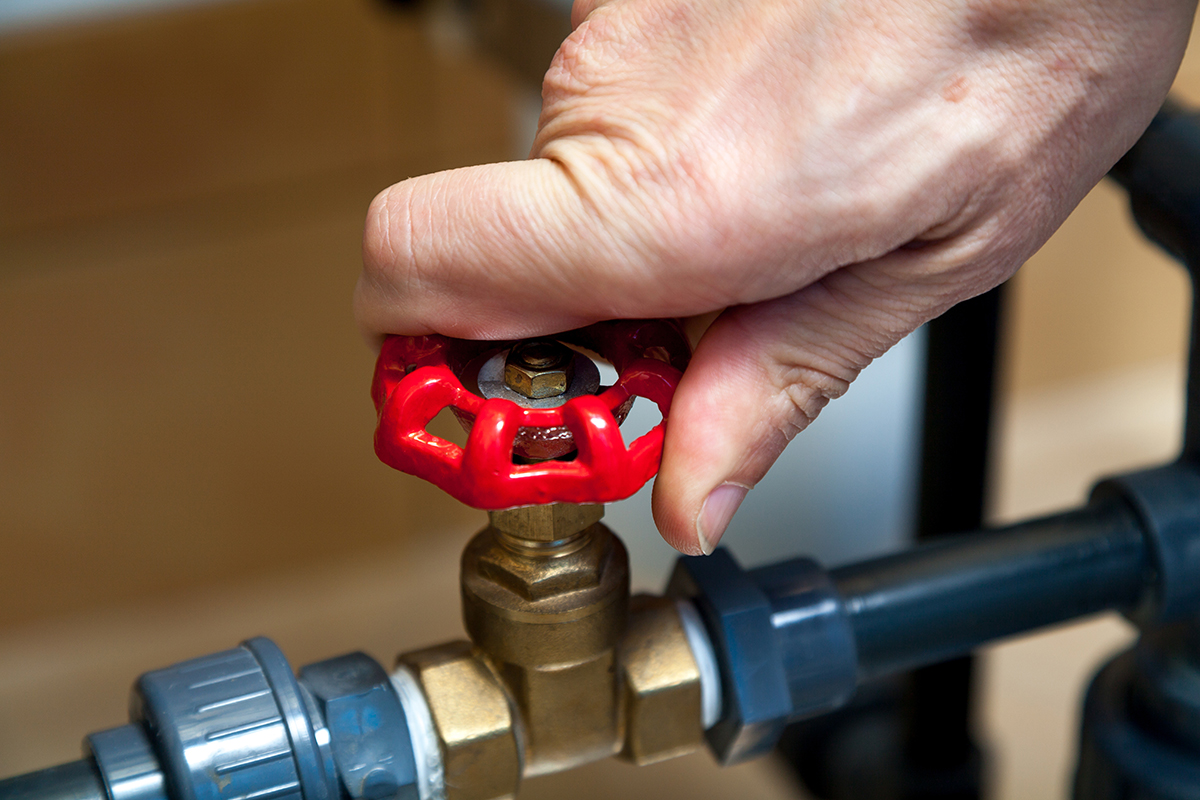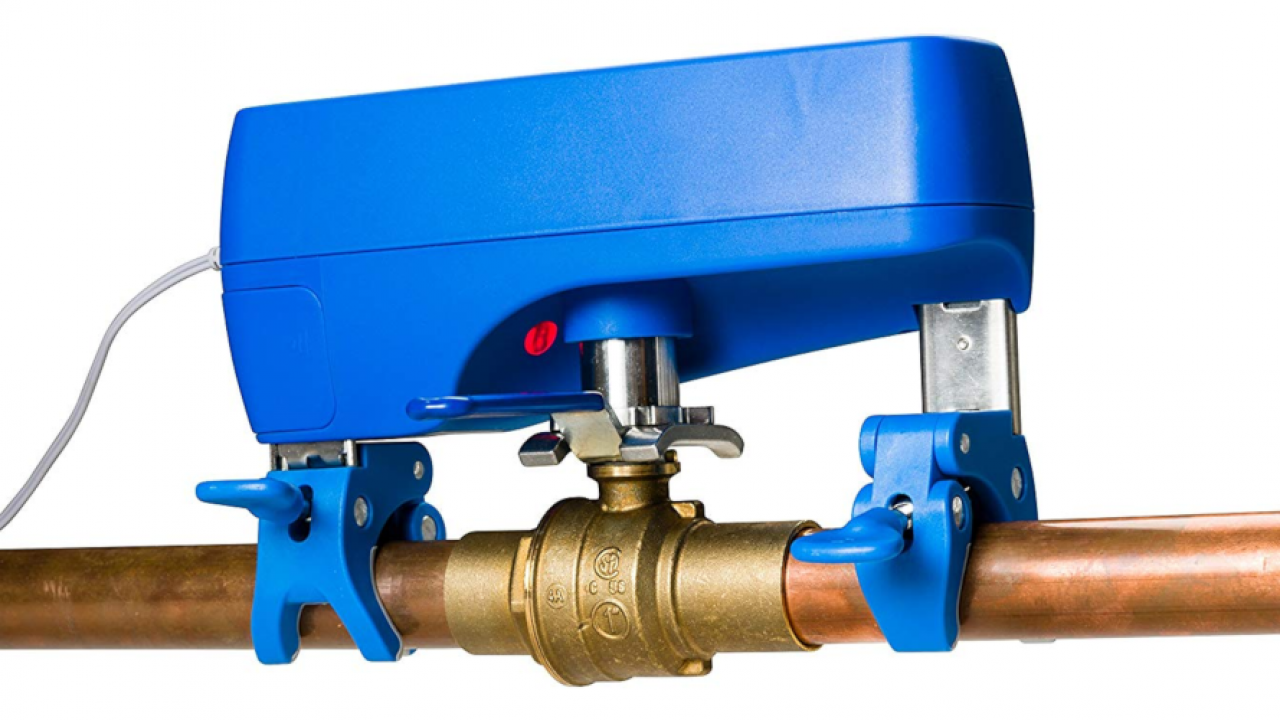Learning Valve Location: Why Knowing It Fully
Learning Valve Location: Why Knowing It Fully
Blog Article
Here below you will discover more really good additional info pertaining to 3 Ways To Prepare Your Home For Storms.

The plumbing system of your home consists of a detailed network of pipes and shut-off valves. While everyone knows what pipes are, the last is made use of to control the water's flow right into the pipes throughout the house. In an emergency, you can cut the water flow utilizing the shutoffs. The cutting of the water circulation stops substantial water damage from taking place.
Why Must I Worry About This?
In daily life, you do not have to stress concerning water circulation. If you have water issues, it's good to know where the water vales are. You can shut off the water circulation when you located the water shutoff beneath the sink.
Recognizing exactly how to do close off water shutoffs is vital in an emergency. The longer you wait to close the shut-off valve, the more comprehensive the damages will occur plus the prices.
What Does the Shut-Off Valve Look Like?
The shut-off shutoff appears like a knob that allows you to shut off the water for a certain device, a local area (for example, the whole second floor), or for the entire property. Knowing where these shutoffs are necessary specifically in the event of water damage or water emergency concerns. You can have control over an unanticipated occasion utilizing your knowledge of the shut-off valves' location.
This step will assist you avoid considerable water damages that will set you back thousands to fix.
Where are These Shutoffs Located?
If you don't know where the shutoffs are situated, your ideal bet is to call a water remediation services firm for support. The valves are normally situated in the following areas:
It needs to be shown in those papers if you got a residence assessment record from the previous proprietor. It should be in the blueprints if you constructed your home from scratch. Generally, builders mount the valves near or within the ground-floor or main washrooms. Make sure to locate them in the documents because in some circumstances they can be hidden for aesthetic reasons.
When to Call an Expert?
If there is a significant water incident in your home, always consider leading to turn off the major water line as well as cutting the source of water in your entire residence. Call your plumber to inspect the problem, request their suggestions, and shut off the shutoff in that area just so you can make use of the rest of the plumbing in other locations of your residence.
Your residence can be flooded by natural water from tornados or rainfalls yet your inner water can trigger the same damage from your plumbing. In the event of a plumbing emergency, closed down these shutoffs to avoid difficulties that call a respectable water damages restoration provider.
The cutting of the water flow prevents extensive water damage from occurring.
If you have water issues, it's good to know where the water vales are. You can shut off the water flow when you situated the water shutoff underneath the sink. Knowing where these shutoffs are essential particularly in the occasion of water damage or water emergency concerns. Your residence can be swamped by all-natural water from rains or storms but your inner water can trigger the very same damage from your plumbing.
How to Shut Off Water Valves
The Shutoff Valve to the Water Supply for an Individual Plumbing Fixture
To stop the flow of water to a specific appliance such as a sink, check the pipes for the nearest valve; it will likely be made of chrome and located directly below the fixture. Many showers and sinks have two valves for hot and cold water respectively, so make sure to turn them both off. Appliances like dishwashers, How to Shut Off Water Valveswashing machines, and refrigerators sometimes have switches, rather than valves, on the hoses connecting them to the wall. Water heater valves are usually located on the pipes above.
When it comes to which way you should turn the valve, keep in mind the old saying “righty tighty, lefty loosey.” In other words, turning a valve clockwise, or to the right, will restrict the flow of water while turning it counterclockwise, or to the left, will allow water to flow. If you have trouble turning the valve, wear a work glove to get a better grip, or use a wrench. Once you turn all of the valves clockwise as far as they will go, the water supply should be successfully shut off.
Before you start making repairs, have a bucket nearby so that you can drain any water that was left over in the pipes. After you finish the job, turn the valves counterclockwise as far as they will go to restore the water flow.
The Shutoff Valve for the Main Water Supply to Your Home
The first step is locating your main shutoff valve. You probably have a brass valve with a round handle near the area where water enters your home. It could be located in your kitchen, a utility closet, a downstairs bathroom, or even on an outside wall. Turning the valve clockwise as far as it can go should shut off all of the water fixtures in your home; however, you’ll need to turn on all faucets to empty any water left remaining in the pipes. Let your sinks and showers run until all water flow ceases, and then turn all faucets to the off position. After finishing your repairs or installations, turn the main valve back counterclockwise.
The Shutoff Valve for the Water Supply to Your Entire Property
Before you do anything, call your water company and ask for permission to access your street shutoff valve. If your home’s main water valve fails or needs replacing, you must turn off the water supply to your whole property before attempting repairs. You’d also need to do this before trying to fix a leak in the pipes connecting your home to the street valve. The shutoff valve for the property is usually located in the same metal box that contains the water meter. Remove the box cover and look for a handle; you might need a long wrench to reach it.
Different cities have different types of street valves. Ball valves have long, thin handles while gate valves have more rounded handles. A ball valve handle will usually be aligned with the pipe while open; turn it 90 degrees to the right to turn it off. Gate valve handles should be turned clockwise as far as possible to stop the water flow.

Do you enjoy reading about 3 Efficient Tips to Guard Your Home from Showers and Storms? Put a short review further down. We would be glad to know your insights about this blog entry. We are looking forward to see you back again in the future. Enjoyed reading our piece? Please share it. Let another person check it out. Thanks a lot for your time. Visit us again soon.
Need fast action? Report this page